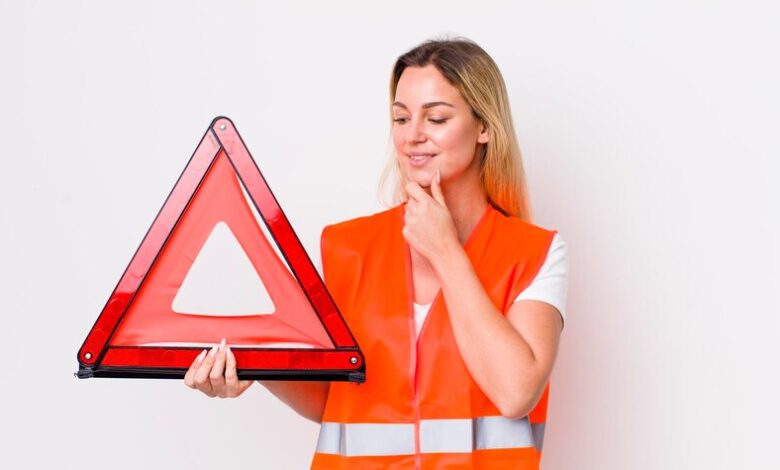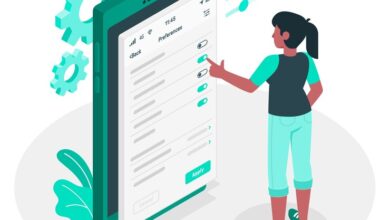Unlocking the PRNDOT System: What Every Driver Should Know
Unlocking the PRNDOT System: What Every Driver Should Know

Introduction
Ever wondered what those letters on your car’s gear shift—prndot—really mean? The PRNDOT system is a fundamental yet often overlooked feature of modern vehicles. While most drivers use it daily, many don’t fully understand its function or significance.
In this blog, we’ll take you on a drive through the evolution, functionality, and future of PRNDOT. We’ll break down each letter, discuss its role in vehicle safety and performance, and even touch on exciting advancements in transmission technology. By the end of this post, you’ll not only appreciate PRNDOT more but also have a solid understanding of how to maintain and troubleshoot it.
The Evolution of PRNDOT
PRNDOT isn’t just a random sequence of letters; it’s shorthand for one of the most transformative components in vehicle technology—your transmission system.
From Manual to Automatic
Before the advent of automatic transmissions, manual gear systems ruled the roads. A driver had to manually control the clutch and shift between gears, requiring skill, coordination, and practice. Automatic transmissions, introduced in the mid-20th century, simplified this process by automating the gear-changing mechanism.
The PRNDOT system emerged as the universal standard for controlling automatic transmissions, offering drivers a streamlined, user-friendly interface. Today, it’s a hallmark of modern vehicles, providing convenience and ensuring more consistent performance.
Decoding PRNDOT
What do those letters stand for, anyway? Here’s a quick breakdown of the PRNDOT system and what each letter does on your gear shift panel.
P – Park
This mode locks your transmission to prevent the car from moving. Engaging “P” is essential when you’re parking your vehicle to ensure it remains stationary.
R – Reverse
Switch to “R” when backing up your car. Using reverse gear changes the direction the wheels turn, enabling the car to move backward safely.
N – Neutral
“N” disconnects the engine from the wheels, allowing the car to roll freely. This gear is often used in specific situations, such as towing or when your vehicle needs to be pushed manually.
D – Drive
“D” engages the forward gears and allows you to move your car in a forward direction. This mode is used during most driving situations.
O – Overdrive
Overdrive mode optimizes fuel efficiency and reduces engine wear during high-speed cruising. While not present in all vehicles, “O” is a valuable feature for highway driving.
T – Transmission Modes
Some newer cars include customizable transmission modes—like “T” for “Terrain” in off-road vehicles or “Towing” for heavier loads. These modes enhance your vehicle’s performance in specific driving conditions.
The Importance of PRNDOT in Vehicle Safety and Performance
The PRNDOT system isn’t just about moving your car—it plays a critical role in ensuring safety and facilitating optimal vehicle performance.
- Accident Prevention: Using the “P” (Park) feature locks your car in place, preventing unintended roll-away accidents.
- Efficiency: The system’s well-thought-out design allows for a seamless driving experience, improving fuel economy and extending the lifespan of your transmission.
- Ease of Use: PRNDOT simplifies the intricacies of driving, enabling both seasoned drivers and beginners to operate their vehicles without hassle.
The Future of PRNDOT Technology
The PRNDOT system isn’t static—it’s evolving alongside rapid advancements in automotive technology.
Autonomous Vehicles
One of the most exciting developments is the integration of PRNDOT functions into autonomous vehicles. Advanced AI systems and sensors may soon eliminate the need for manual PRNDOT controls entirely, transferring transmission management to self-driving algorithms.
Smart Displays
Future vehicles may replace the traditional gear shift lever with touch-screen controls or voice-activated systems, making the PRNDOT interface even more intuitive.
Electric Vehicles (EVs)
With the rise of electric vehicles, traditional PRNDOT configurations may adapt to EV-specific requirements. Simplified gear selector knobs or buttons are already common in models like Tesla and Nissan Leaf.
Keeping Your PRNDOT in Top Shape

To ensure your prndot system continues to function effectively, regular maintenance is crucial.
Tips for Maintenance and Troubleshooting
- Check Transmission Fluid: Low or dirty transmission fluid can cause gear shifting issues. Make sure to check and replace it regularly according to your manufacturer’s guidelines.
- Inspect the Shift Linkage: If you experience difficulty shifting, the issue may lie in the shift linkage. Consult your mechanic to adjust or repair it.
- Keep Sensors Clean: Modern vehicles rely on sensors for smooth gear shifting. Dirt and debris can cause errors, so keep these components clean.
- Consult Your Manual: Every vehicle is different. Refer to your car’s manual for specific troubleshooting tips tailored to your model.
Real-Life Examples of PRNDOT’s Impact
Consider this scenario—a driver routinely uses the “N” (Neutral) setting at red lights to reduce wear on the engine. While well-intentioned, this practice might actually cause unnecessary wear on the transmission system over time.
Another driver mistakenly leaves their car in “R” (Reverse) while exiting their garage. The PRNDOT system’s safety lock feature prevents the vehicle from rolling backward uncontrollably, averting a potential accident.
These examples highlight how understanding and correctly using PRNDOT can significantly affect your driving experience.
Share Your PRNDOT Stories and Drive Smarter
The PRNDOT system is more than a collection of letters on a gear shift—it’s a gateway to a safer, smoother, and smarter driving experience.
Whether you’re navigating city streets, cruising on the highway, or preparing for future innovations in autonomous vehicles and EVs, understanding PRNDOT is critical.
Have a story about how the PRNDOT system impacted your drive? We’d love to hear it! Share your experiences in the comments, or reach out to us directly. Who knows—your story might help someone else become a better driver.



